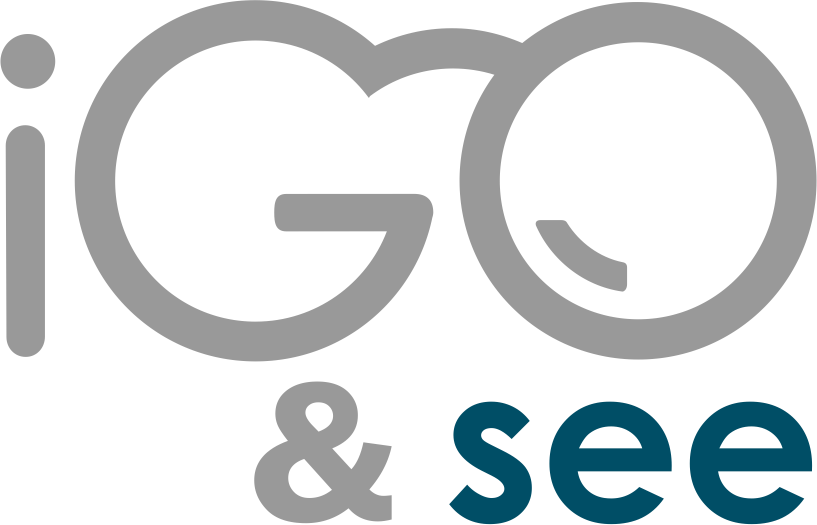The term only began to circulate during the last 2 years and it makes a lot of sense because it gives a new nuance to continuous improvement initiatives based on the Lean Six Sigma movement. Let me first define the two terms that make it up: «Lean» and «4.0» and then explain what it consists of and why it aims to be a movement with great impact in the coming years.

Lean arises from the westernization process of the Toyota Production System. The principles and tools are the same, only modified to be compatible with the western managerial style. The objective of Lean is to increase the competitiveness of the organization by focusing on creating value for the client, systematically reducing waste in a dynamic known as Kaizen, resorting to the voluntary participation of all workers.
On the other hand, the Industry 4.0 initiative gets its name from considering the 4th industrial revolution. Here we consider the incursion of new technologies into production environments at a much faster rate than in the past.
Technologies such as «Internet of Things», «Cloud Computing», «Artificial Intelligence» and «Collaborative Robots» «Data Analytics» are literally beginning to invade production environments mainly for two reasons: they are very affordable and they really help to adapt to the increasingly frequent changes in demand patterns.
Lean 4.0 then is the combination of both movements. «Continuous improvement based on the philosophy of the Toyota Production System now assisted with the technologies arising from the Industry 4.0 movement.» And there is a purpose in this, that companies can improve the way they improve. In other words, to accelerate the rate of improvement.
Lean 4.0 is not a Lean revolution. It is rather an evolution. In the same way that Lean evolves from the TQC Total Quality Control movement. What develops in one serves as the foundation of the other. Weak points are strengthened and elements are added that make it more robust and effective.
This evolution was necessary and that was evident. The effectiveness of Lean initiatives in most companies is very low, the results are not proportional to the effort and all experience problems to sustain the achievements in the long term. And this is to be expected if we see that most try to implement Lean in the same way that Toyota did 50 years ago. This does not make sense because the market now has more demanding requirements and manufacturing environments are much more complex and regulated. Precisely the reasons why new technologies have been incorporated into production environments.
It is interesting to realize that it is the continuous improvement leaders who are most resistant to the Lean 4.0 movement, I call them “purists”. Those who should be «change agents» resist changing and trying new ways. The premise is that they must first make it work the old way to understand it, and then use technology to make it efficient. Where is that rule written? And what if it is precisely the old form that is the cause of the failures? When a 5S’s or TPM initiative is not sustained, those below blame those at the top and vice versa.
And the cycle repeats itself over and over again with each attempt made. No one questions whether the implementation approach was the right one. It is easier to blame the other, it is easier to say: it was sustained while I was there.
Implementing lean “old school” is itself a recipe for failure, because that formula was written for an Eastern culture that made cars 50 years ago. Now, the cars are not the same, we are not Oriental, nor are they the same times. The evidence that this method does not work is overwhelming, you just have to be willing to see it and try new ways of low investment and that promise to strengthen weak areas.
We know that discipline is our Achilles heel. How about we use technology to monitor compliance with the standard work for leaders?
We know that Gemba is now bigger in extension and that it makes it very difficult to be present all the time. What if we use technology to be in Gemba even without being in Gemba? We know that the purpose of Andón is not only to communicate the Gemba situation, but to ensure that appropriate action is taken when necessary. How about we use technology for Gemba to immediately notify stakeholders when there is a problem and also tell us if action has already been taken and even if the action was effective?
Or if we use technology to remind people to do maintenance, guide them through the process, and notify management if it isn’t happening?
Or if we use technology to ensure that the corrective actions implemented are properly sustained and are being effective?
The use of low investment technology to support the implementation of LEAN is perfectly compatible with the principles of the Toyota Production System. Recognize that people are not perfect and that we need devices to make it obvious that something is not being done well. In those days the devices were pokayoke fixtures to prevent errors, platform lights to indicate status, kanban cards to communicate requirements, and visual boards to communicate performance.
Today the devices are: cloud computing, mobile applications, artificial intelligence and augmented reality used for the same purposes. The shapes may be different, but the principles are the same. And the new ways are better if we consider the effect on the true objective, building a more competitive organization.

